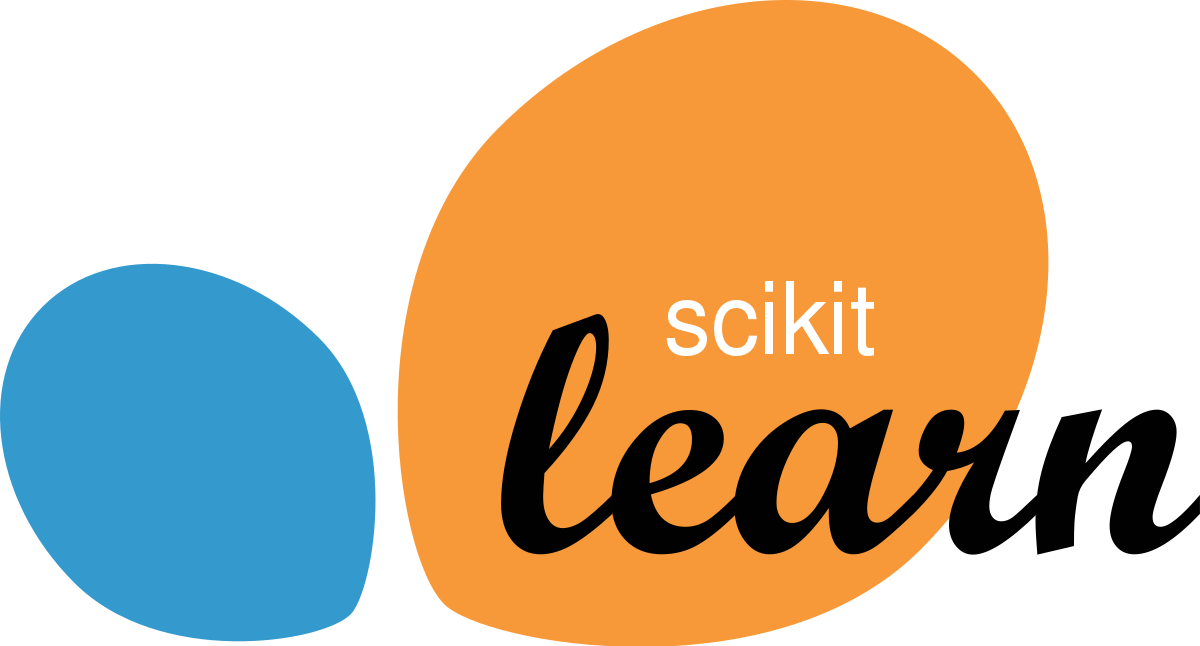About Me

I am a data scientist with over two years of experience applying machine learning and natural language processing techniques to real-world challenges in marketing, economics, and finance. With a strong foundation in mathematics and economic research, I bring analytical depth to data-driven projects.
My recent work has focused on developing predictive models and text-based solutions to support decision-making and business strategy. I hold a Master’s degree in Data Science with a specialization in Computational Intelligence from Coventry University.







